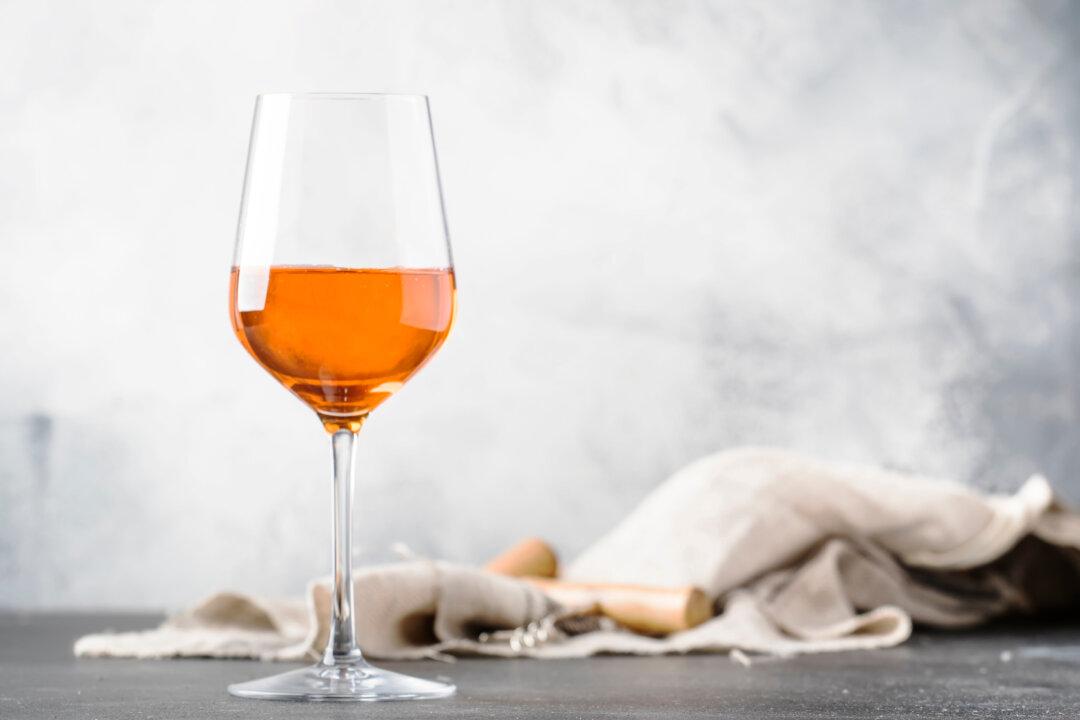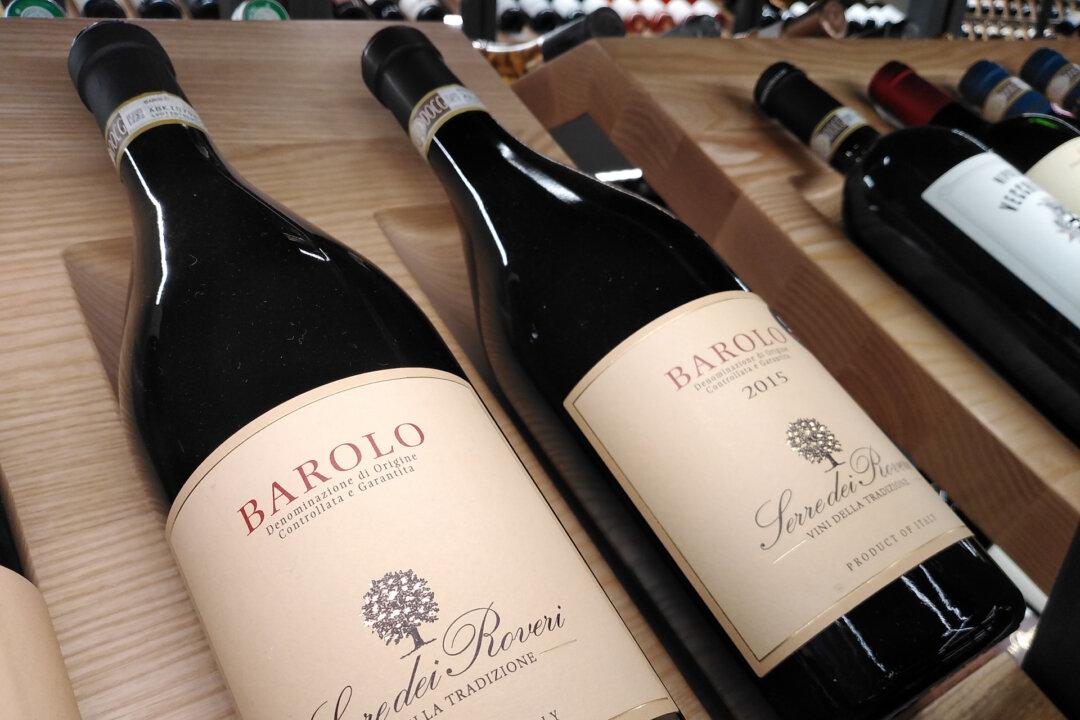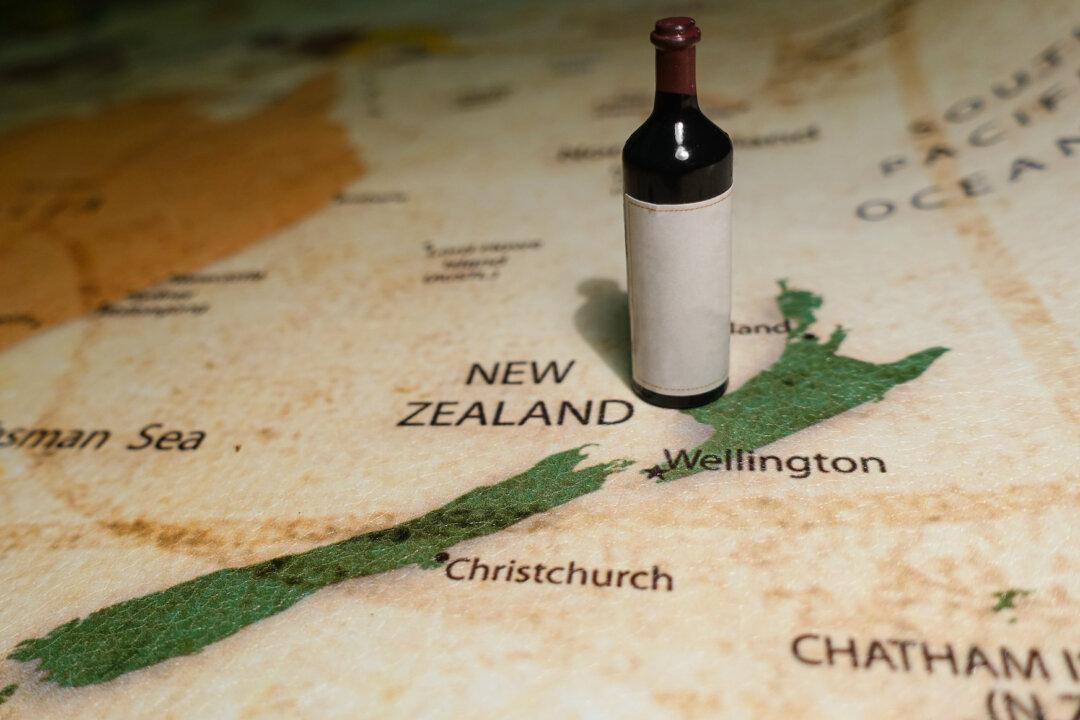It’s harvest time in many U.S. wine areas, and the first grapes to be picked annually, almost everywhere that vines grow, are those that make sparkling wines.
Wine with bubbles, a most celebratory beverage, is almost always made from grapes that are earlier harvested—mainly because the best of these wines call for higher acidity. And it is usually best to use the natural acids found in grapes to make a balanced sparkling wine.
For that reason, grapes for sparkling wines are typically harvested as early as August, sometimes at the beginning of the month. On rare occasions, the sparkling wine harvest begins as early as late July.
Most consumers who love sparkling wines are prepared to spend a little bit more to get them. This is partly a result of the difficult processing that it takes to make them, compared to standard table wines with no bubbles. But also, the taxation on sparkling wine is higher than it is for still wines.
Wines with bubbles can be produced using carbonation, which essentially means infusing still wine with carbon dioxide. Or, they might be made using a bulk process (called Charmat) in which the bubbles are produced in a large tank by a second fermentation, which calls for the yeast to be removed so that a clear wine can be bottled.
There are several other methods for making sparkling wines from still. And the most expensive method, harking back to a technique developed in France, calls for a table wine to be put inside heavy glass bottles along with additional yeast and a bit of sugar, thus allowing the second fermentation to occur under a steel cap.
Since the second fermentation produces carbon dioxide, and the steel cap prevents it from escaping, the CO2 has nowhere to go except into the solution, adding bubbles to the product.
At that stage, removing the spent yeast cells is a complex process, and it is one of the reasons why the production of the highest quality sparkling wines, including Champagne, usually is more expensive.
Champagne from France remains the most expensive sparkling wine in the world, and, over the last five years, the sale of it in the United States has been so strong that prices have basically exceeded the rate of inflation. Recent research indicates that prices for France’s best bubbly may be stabilizing a bit.
One more thing that has made California’s less expensive version of Champagne a little more attractive is that the earlier harvest of sparkling grapes has been accomplished for the last several years—well before the California wildfires erupted, which had a detrimental effect on red wine grapes and even a few white wines.
Since sparkling wine grapes were never affected by the wildfires’ smoke taint, prices for modestly-priced domestic sparklings have remained stable at $7 to $13.
The more classic French-method sparklings that are produced in California typically sell for between $20 and $50 per bottle, and with remarkable skill, California winemakers are making some of the best bubblies in the history of the state.
At higher price points, the best of these wines usually carry a vintage date and are four to six years old when they hit the retail shelf. Most offer much more complexity than the less expensive products. Also, the bubbles are much finer.
Wine of the Week
NV Gloria Ferrer Brut, Sonoma County ($18): Bright, lilting citrus-laced fruit and a classic soft midpalate lead to a crisp finish that enhances almost any dish. Made in the classic European style.





